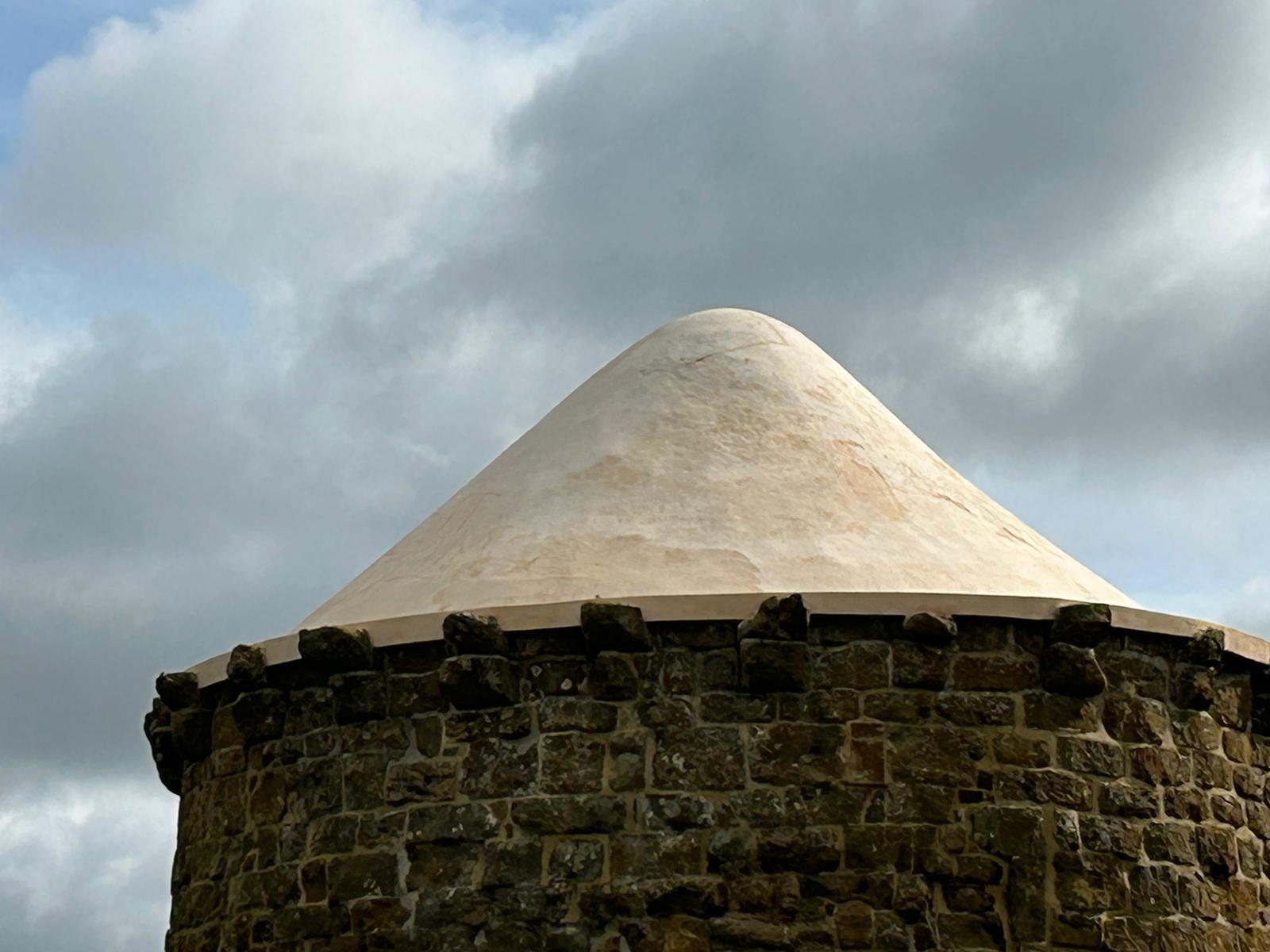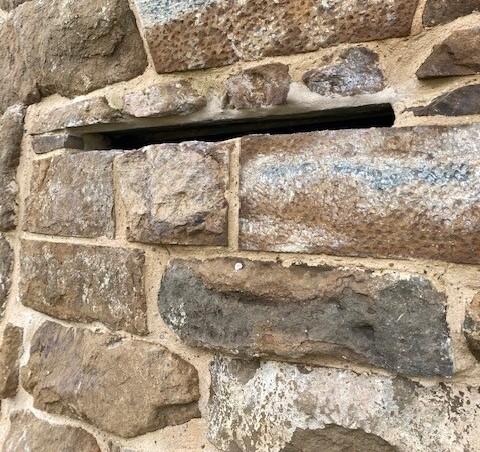
The final two pieces of restoration work have been completed to the historic 15th century beacon tower in Warwickshire County Council’s Burton Dassett Hills Country Park.
The beacon tower is one of only two historical monuments in the county to be managed by Warwickshire County Council (the other being Chesterton Windmill), and since 1952 has been a Grade II listed building. It was likely built by Lord of the Manor Sir Edward Belknap in the late 15th century, and there are three main theories as to its original use:
-
A beacon to pass important fire signals to other beacons in the surrounding area
-
A windmill/tower mill, or a look-out tower
-
A Warrener’s lodge, the home of a man who protected the local rabbit population from poachers, as rabbits were valuable in medieval times for their meat and fur.
A significant conservation project to the beacon tower was completed in spring 2022, and this year Warwickshire County Council has worked with Donald Insall, Croft Building and Conservation, and Chana Projects to review the beacon tower and add the finishing touches to its restoration.
During the conservation project a lime render was applied to the exterior dome shaped roof. This was left to allow for carbonation to occur before the final coat of lime wash could be applied this year. The carbonation process, which allows for the setting of the render, was essential to better protect the roof from the elements and ensure it is watertight, whilst restoring it as sympathetically as possible to its original state.

The project team also took great care to refine the bat slot installed above the doorway lintel following the advice of Historic England. All species of bats, including their breeding sites and resting places, are fully protected by law. As part of the beacon tower’s restoration work, the doorway to the tower was sealed last year with a thin layer of stone in order to protect the tower’s interior and create a safe roosting space for bats, many of which are endangered species.
As natural roosting spots such as ancient trees and undisturbed caves are in decline, bats are more commonly found roosting in man-made structures like the beacon tower, which are typically based near park or woodland areas to find food. Buildings also offer bats more stable temperatures and an environment with less competition and threats, making them an ideal safe space to roost.
Cllr Heather Timms, portfolio holder for Environment, Climate and Culture, said:
“The beacon tower is a small but important part of Warwickshire’s history, and I am delighted to see the amount of care that has been taken throughout the project to restore the tower as sympathetically as possible back to its original state.
“By ensuring the roof is watertight and refining the access for bats within this historic structure, we not only preserve a great focal point to educate and inform visitors about the Burton Dassett Hills, but demonstrate our ongoing commitment to encourage biodiversity and protect the diverse range of species that call Warwickshire’s countryside home.”
For more information about the 100-acre site of Burton Dassett Hills County Park, visit https://countryparks.warwickshire.gov.uk/homepage/4/burton-dassett-hills